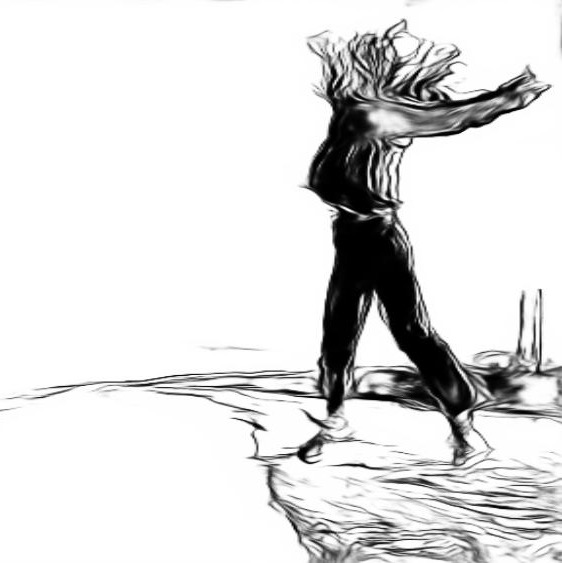Course Information:
Lewis and Clark College
Intro to Environmental Studies (ENVS 160)
Professor James Proctor
Fall Semester 2018
This term has been about getting to know the foundations of my own beliefs and opinions, learning to understand how people see issues differently, and thinking about how engagement can help myself and the communities around me to grow stronger and healthier. The following portfolio represents my journey throughout the course.
Exploring Environmental Thought
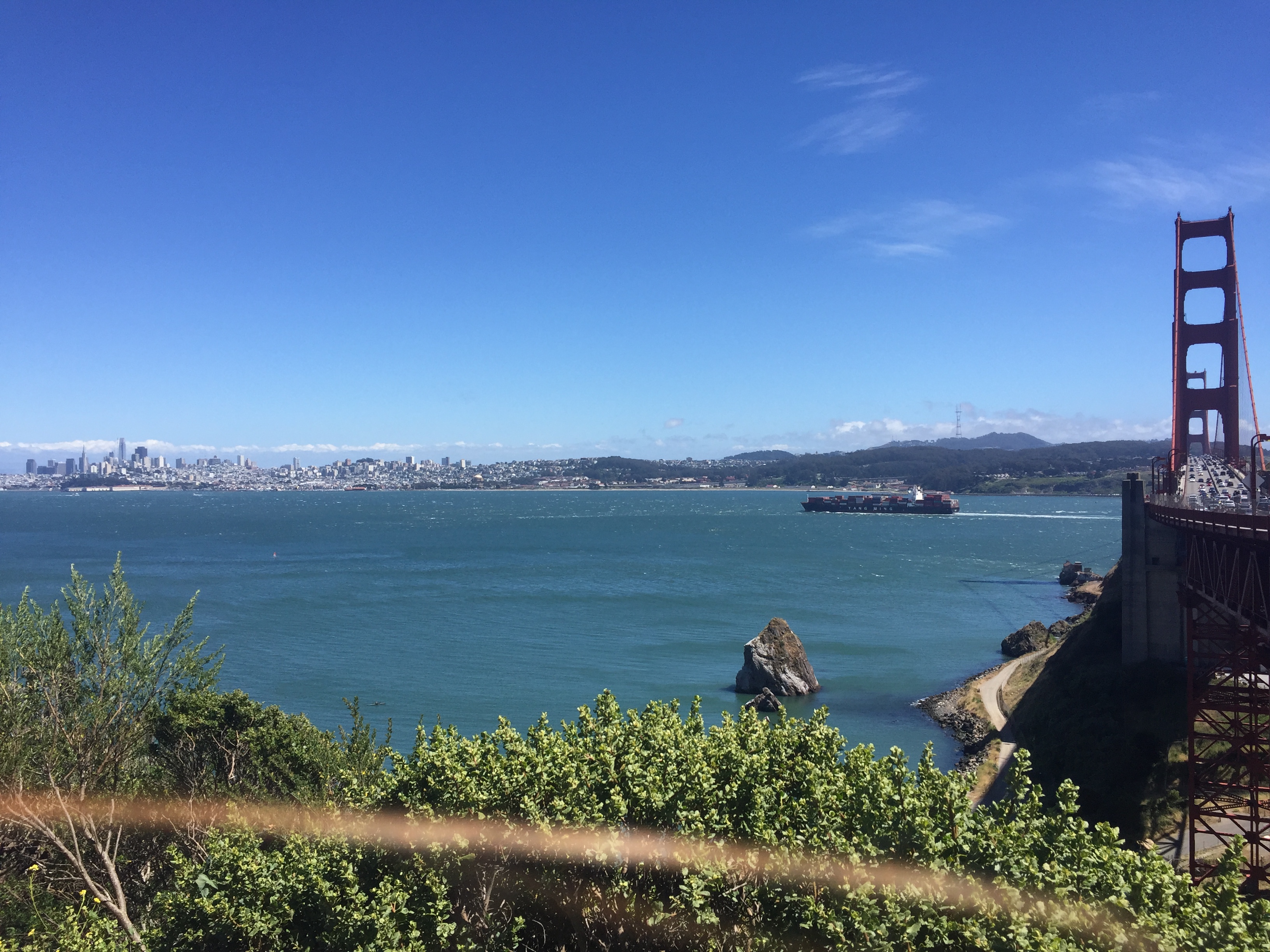
Our first point of exploration was about reflecting on our beliefs regarding environmental issues and how they compare to other modes of environmental thought.
Coming from San Francisco and now living in Portland, I have grown up surrounded by active environmentalists and words such as “sustainability,” “eco-friendly,” and “green.” San Francisco is one of the, if not, the leading city in sustainable development and the greater state of California is a leader in successful environmental-litigation. I went to a high school in the Presidio, the greenest part of San Francisco, took an interdisciplinary course on climate change, and am the daughter of an environmental attorney in Oakland. I’m proud and grateful to have grown up in the environment and communities I did. “Environmentalism” has always been a passion of mine that I feel well-educated about, and, in the spirit of college, I’m excited to be realizing how little I’ve been exposed to in terms of environmental thought.
“Transformative change, it was imagined, happened through finding ‘‘oneness’’ with nature, technology, and each other”
Greenberg

The Ecotypes Survey breaks down environmental thought into a variety of different axes which allow one to better understand why they have the environmental opinions they do.
We started building environmental frameworks, including everything from classic to contemporary approaches, and explored our own areas of thought by completing the Ecotypes survey and asking ourselves: Why do I think that way? My scores were fairly central, which matches my generally moderate and mixed way of thinking about issues, but I had a few strong beliefs that stood out: spirituality and technology. I believe nature is deeply sacred and that technology is a wonderful part of our development and power to “save the planet” These commonly fall on opposite sides of the classic-contemporary spectrum but I like paradoxes, and this tension gives me joy and is a neat tool I can use when explaining my thoughts to others.
One of the biggest topics I’ve been thinking about is Nature. What is it? What are its boundaries? Is it even a “real thing?” I entered the class with an odd understanding of nature: that everything is part of nature, our cities, inventions, technologies, infrastructures, and social systems. I still have a similar understanding of nature and realize the problem with “big words,” but I’ve realized the value that the concept of “nature” is powerful in our culture and offers a means through which to connect with people about environmentalism (even though the term may need some updating).
“The wilderness helps us find answers to questions we don’t know how to ask”

Personal, spiritual connections to nature are not so valued in our culture but are some of the most important. Understanding nature and feeling intimately connected to and dependent on our surroundings connects us to the vastness of the planet and the universe. Shellenberger and Nordhaus in Love Your Monsters, say that “nihilistic ecotheology is actually a significant obstacle to dealing with ecological problems created by modernization,” but, while it has its shortcomings, ecotheology doesn’t need to exclude “modern theology,” which seeks to embrace a more futuristic approach.
“A truly radical ecology in the American context ought to work toward a synthesis of the appropriate technology, alternate life style, and peace movements.”
Guha
California embodies a “generative fantasy—merging the environmental with the futuristic, the earthy with the high tech”
Greenberg
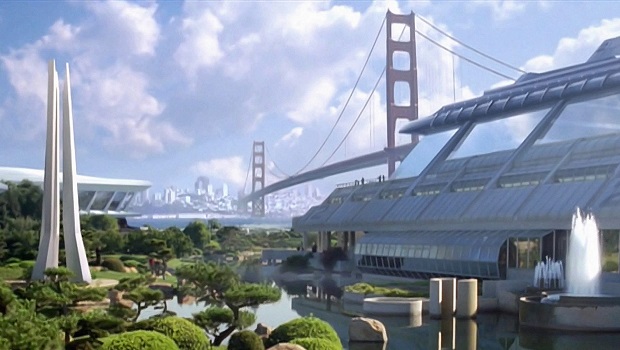
As a lover of technology as well, I was thrilled to explore the ideas in Love Your Monsters. The book advocates going boldly forward with technology and embracing an ever-adapting world, even though we don’t know what consequences may arise. I love this positive and empowering future-oriented approach, and yet I was challenged to think about radical solutions that might not be worth the risk. In my post on evolution and sustainability, I wrestled with my feelings about riskier forms of technology, such as geoengineering, nuclear power, and genetic engineering.
“A thing is right when it tends to preserve the integrity, stability, and beauty of the biotic community. It is wrong when it tends otherwise.
Leopold, A Sand Country Almanac (1849)
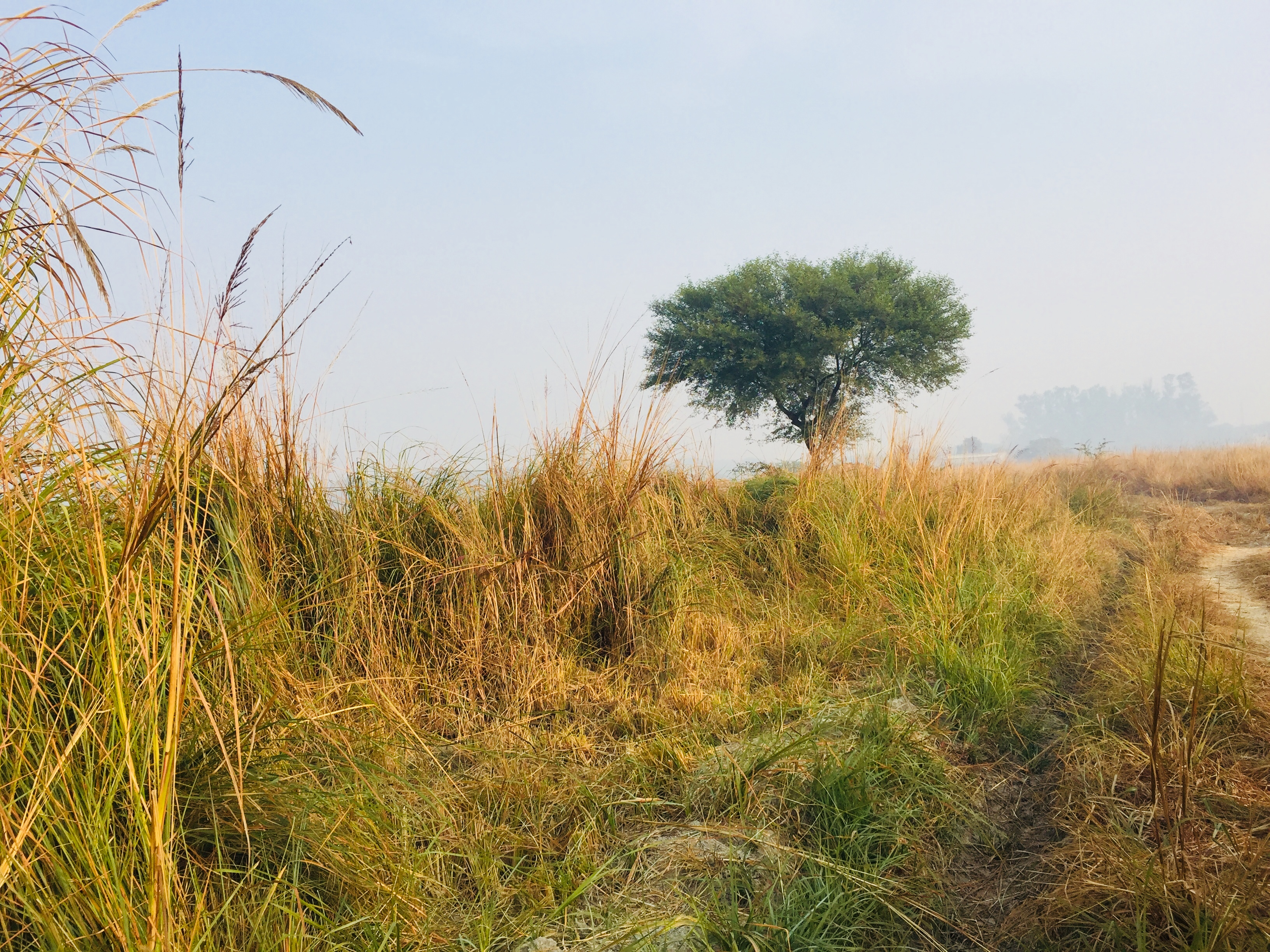
With such largely opposing viewpoints, I’ve had to reconcile with how strongly each argument pulls on me, and think about the implications of each side. One might say I’m in the middle, but I have found that my identifying strongly with both sides, so my recent dialogues have been in thinking about the boundaries of those sides. Are they mutually exclusive? In what ways yes, and in what ways no? Might both visions of the future prevail? What compromises must be made? I started to explore this in my post about learning to love our monsters AND our nature.
Grounding and Expansion
The next exploration was even more about challenging myself to face the areas in which I struggle. I tend to be a way-up-in-the-clouds thinker and struggle to ground my ideas in data, science, and particular contexts. So I got to work on seeing the big picture and rooting my ideas in detail, and drawing larger implications from smaller actions and theories. And, more significantly, embracing the discomfort of uncertainty that comes with the inability to develop a complete and situated understanding.
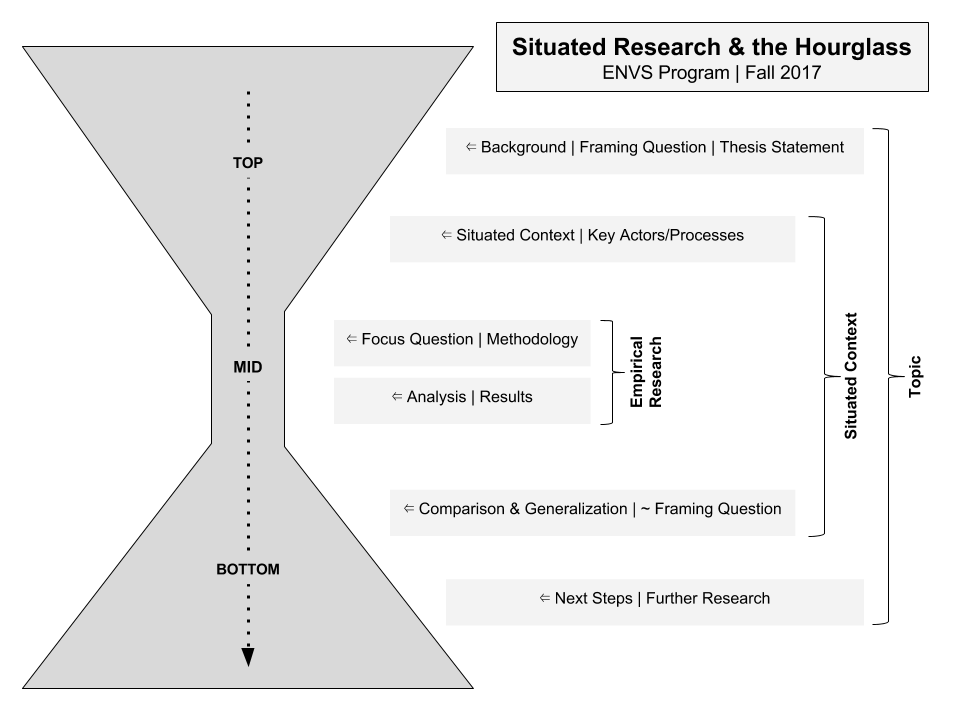
We explored a variety of key environmental topics:
- Climate: relating to the IPCC report and hurricanes
- Sustainability: and whether resilience is a better goal
- Health: its many dimensions via a take sides debate
- Conservation: through owls, justice, and spiritual pondering
- Food: what are GMOs anyway?
- Action: grid-group theory, clumsy solutions, and Portland’s next big quake
Symposium

Mid-semester we had the opportunity to speak with Daryl Davis at the ENVS Symposium, whose hobby of engaging with people quite opposite from him inspired me to realize the real purpose of my work this term and what I’m passionate about. The humanities and social science side of environmental studies has always been more exciting to me and I love learning from and connecting to different people. Engagement is a project that draws humans across experiences and disciplines and is so essential to solving all the problems we face, especially today in a world so disconnected by globalization. Daryl reminded us of how fundamental the work is: all it takes is respect, good listening, and time.
One particularly influential reading we did relating to Daryl’s work was called Addicted to Hate, which offered a fascinating look into how the experience of hate works. Haters are often hard to find finding compassion for, but this article helped me to understand the complex structures that keep people in hate groups.
“We cannot vilify racists, but we can vilify racism”
Pardeep Kaleka, whose father was killed by a Neo-Nazi
Engage!
In our discussions of engagement, we got to hear from Oregon Humanities and Healthy Democracy, two organizations working to bridge the many widening gaps in our world. Their thoughts about where work needs to be done and how engagement is best pursued were inspiring and made me excited to get involved with them and with projects of engagement in my own life.
“Democracy is about building community”
Robin, Healthy Democracy
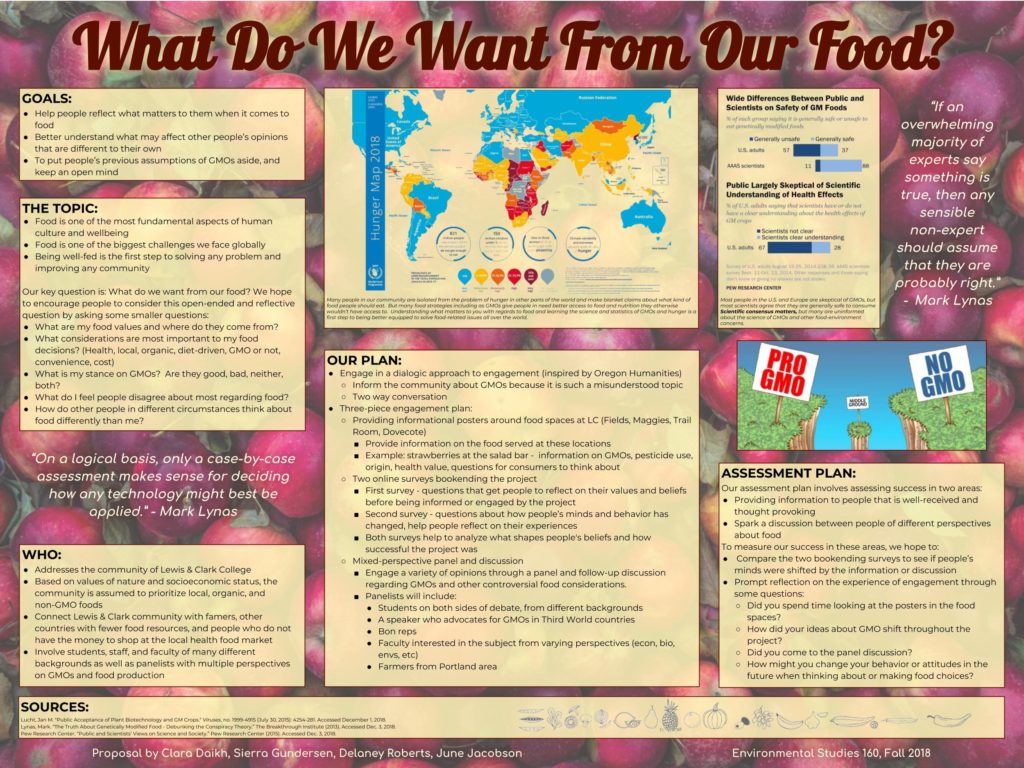
To wrap up the term and get us thinking about next steps, we worked in teams to think about and propose engagement projects. Our team wanted to spark a conversation about food by asking a simple and broad question: What Do We Want From Our Food?
Engagement and embracing disagreement has been a huge theme this term in all aspects of my life. Inspired by a variety of sources and ideas about engaging across difference, I assembled a collection of tips and tools geared at the process of engagement that illustrates the breadth of the topic.
Engagement is not just a means to achieve change or even just an updated form of education. It is an end on its own. It is about learning to be reflective and to find ways to celebrate human diversity and human community in ways that enhance our lives and our planet, rather that just solving problems. It is about taking responsibility for our challenges, whoever created them, and getting excited about the fact that we get to work together on issues that really matter. It is about letting those tensions remind us that we all share this planet and care about it enough to stick together.
